Business opportunities for printers in personalised products

Personalised and individualised products are popular and this is particularly true for both Millenials and Gen Z. Sonja Angerer shares the available opportunities for printers in this segment and what they can expect.
Why is Ikea furniture so popular? A contributing factor is that it is something that they have to build themselves. This is well known to science as the "ownership effect", and a reason why personalisation and individualisation are so important in marketing today. The effect is also not limited to millennials and Generation Z but effective across other age groups.
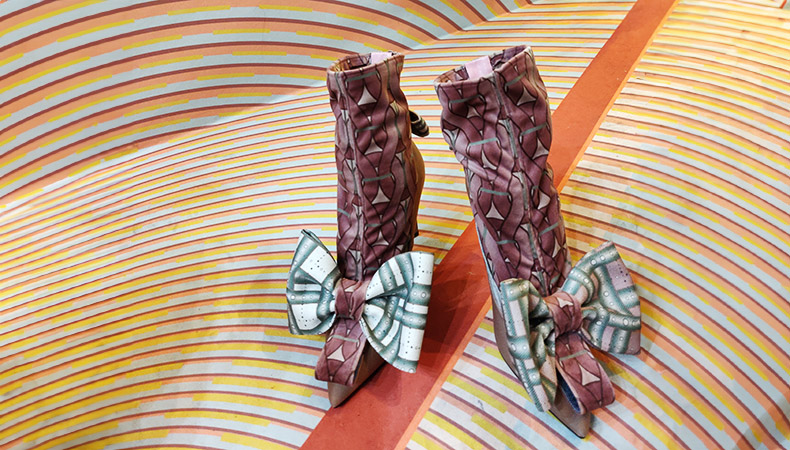 Caption: It's not just millennials who love personalised products. Image Credit: S. Angerer
Caption: It's not just millennials who love personalised products. Image Credit: S. Angerer
Personalisation and individualisation: Definitions
In sales promotion, individualisation means that the customer can adapt a product to their own requirements. A well-known example is ordering a new car: here you can choose from different variants, colours and designs for the interior and paintwork with a "configurator". Many sporting goods manufacturers and fashion designers also offer such individualised products.
In most cases, those are simple adjustments from a predetermined palette, as well as additional services such as printed or embroidered monograms. This is why it is important to keep customer-specific mass production or "pre-customising" in mind. "Self-customising" means that the customer largely designs items, as it is possible with the Modu Chair.
In marketing, personalisation is when the product is precisely tailored to the individual customer. This can be a website that displays content that shows pre-selected topics. Or a printed mailing that addresses the recipient by name. The production of chip cards with individual names, such as bank or health cards, is often called "mass personalisation".
Most often in the industry, the terms "personalisation" and "individualisation" are usually not clearly separated but used synonymously.
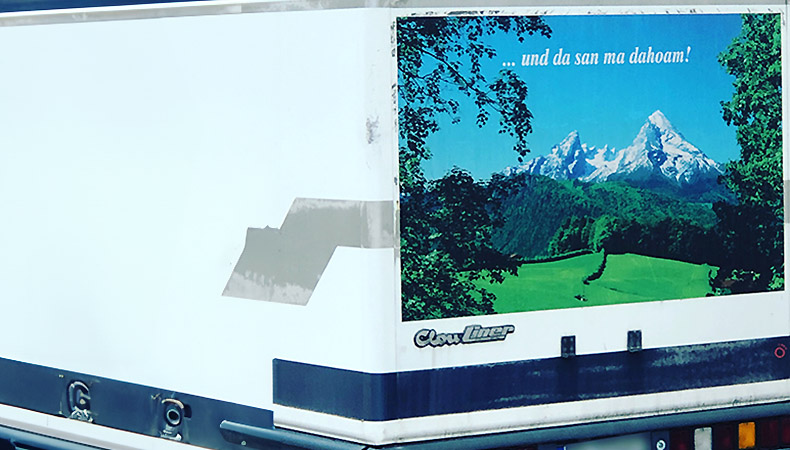 Caption: Car wrapping is also well received by end consumers: it makes this camper personal. Image Credit: S. Angerer
Caption: Car wrapping is also well received by end consumers: it makes this camper personal. Image Credit: S. Angerer
Types of personalised products
Digital printing, digital cutting, lasering and engraving have led to many mass-produced products being more adaptable to customer requirements. This has led to a wide range of personalised products, below are examples of personalised products:
- Promotional items
- Photo Gifts
- Printed interior decoration and home textiles
- Printed glass
- Individualised fashion and merchandise
- Custom textile prints
- Printed accessories and cases
- Furniture and furniture films
- Food according to customer requirements
- Vehicle wrapping
However, these different applications have factors in common. Firstly, they are often fashionable items. This means, demand can rise very quickly, but it may also decline just as quickly. Secondly, distributions depend on the web, as only online printers may find enough customers for personalised products. Customers can configure their personal product in online shops without the need for service. Without Web2Print most personalised products would not be viable.
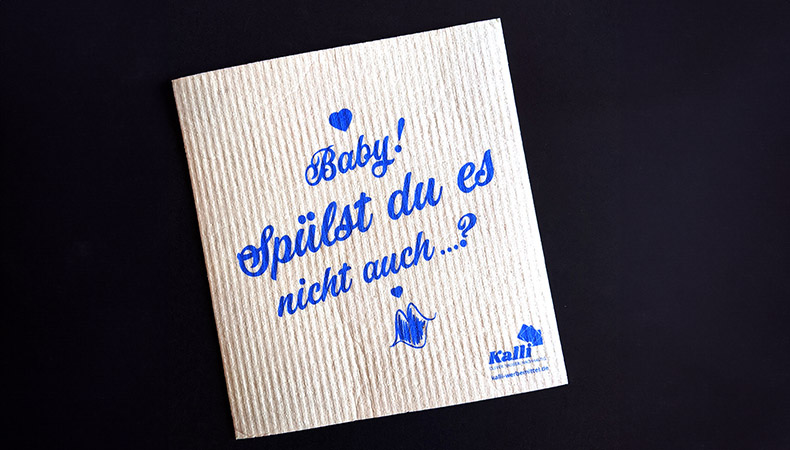 Caption: From a simple cleaning cloth to a personalised gift thanks to digital printing. ImageCredit: S. Angerer
Caption: From a simple cleaning cloth to a personalised gift thanks to digital printing. ImageCredit: S. Angerer
Equipment required to produce personalised products
The machines required to produce personalised products are already available at printers and with sign makers, examples include the following:
- Digital printer with UV-curable, eco-solvent and latex inks
- Textile printers (transfer and direct printing processes)
- Digital Cutting Tables
- Laser cutter
- Engraving machines
- Industrial sewing machines
- Welding machines
In addition, skilled staff can easily be trained to handle personalised items production. This enables printers to quickly respond and efficiently cater to the increasing demand for customised items. It also provides an excellent business opportunity to expand the portfolio and attract new customers with personalised products.
Get into business with personalised products
Printers who have experienced a loss of business in outdoor advertising and POS applications, now have the opportunity to reach new and lucrative markets with personalised products. Customers are willing to pay significant amounts for their personalised item.
However, workflows for personalised products are significantly different from those that a printer is used to, because those customers are end consumers, not B2B customers. This means that those new business partners are likely to have little expertise in printing and production, probably needing more support than business customers.
End consumers also have very strong rights in the European Union. However, not all of them apply to customised products. Nevertheless, printers entering the end customer business should consider adapting their terms and conditions. In addition, it may be beneficial to invest in certification of consumer service standards such as Trusted Shops.
By selling personalised items, a printer also becomes a product manufacturer. This means that they must guarantee the safety of its goods and comply with industry standards. In addition, end customers are paying more and more attention to environmental and sustainability certificates, mainly with printed textiles.
There are currently good opportunities for printers to expand and differentiate their business by selling personalised products. After all, younger generations are striving for conscious and individual consumption. However, one should not underestimate the effort involved in setting up such a line of business. This applies even if the required machines are already available.
To discover the latest content that covers a wide range of sectors including personalisation, sign up for FESPA’s free monthly newsletter FESPA World available in English, Spanish and German.
Personalisation Experience, Europe's only event focused on personalisation in print to bring mass customisation to your customers will return to Messe Berlin in Germany from 6 – 9 May 2025. Register your interest to visit here.
Interested in joining our community?
Enquire today about joining your local FESPA Association or FESPA Direct
Recent news
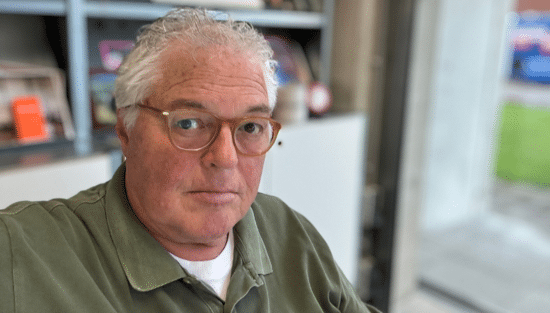
The importance of Personalisation in Direct Mail - The Power of Print
Jeroen van Druenen, CCO of Jubels discusses how personalised direct mail, especially print, boosts engagement and ROI by tailoring content to individual recipients. Using variable data printing (VDP), marketers create unique designs and offers, enhancing relevance and fostering stronger customer relationships. Physical mail's tangibility and lasting impact further amplify personalisation's effectiveness.

What are the current trends for digital screens?
Digital screens are evolving rapidly, moving beyond simple signage. MicroLED technology improves resolution and efficiency, while 3D and AR displays offer immersive experiences. AI is transforming content creation and analytics, personalising interactions and optimising screen placement. Larger, wall-sized screens and temporary rentals at events are becoming more common. As screens become ubiquitous, innovation focuses on eye-catching solutions to maintain audience engagement.

Hints and tips for vehicle wrapping success
While rising demand for vehicle wrapping is good news for the industry, this is placing more pressure on companies to deliver quality work at a solid pace. Here, Rob Fletcher picks up some tips from several experts in this sector to help wrappers operate smoothly.
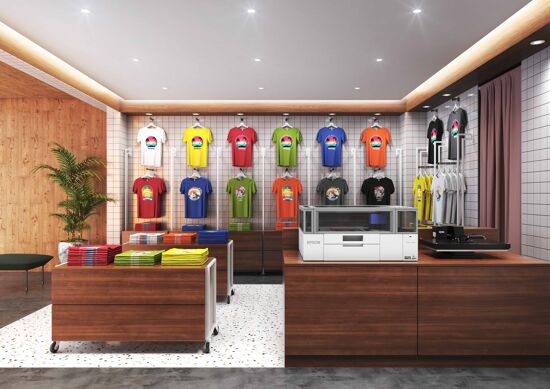
What are the opportunities in Personalisation for Sportwear and Signage?
Rob Fletcher discusses the growing importance of personalisation and digital innovation across sectors. Major brands use personalised print to engage customers and boost sales. Personalised sportswear demand is increasing, and companies like Eurojersey embrace sustainable manufacturing and digital transformation.